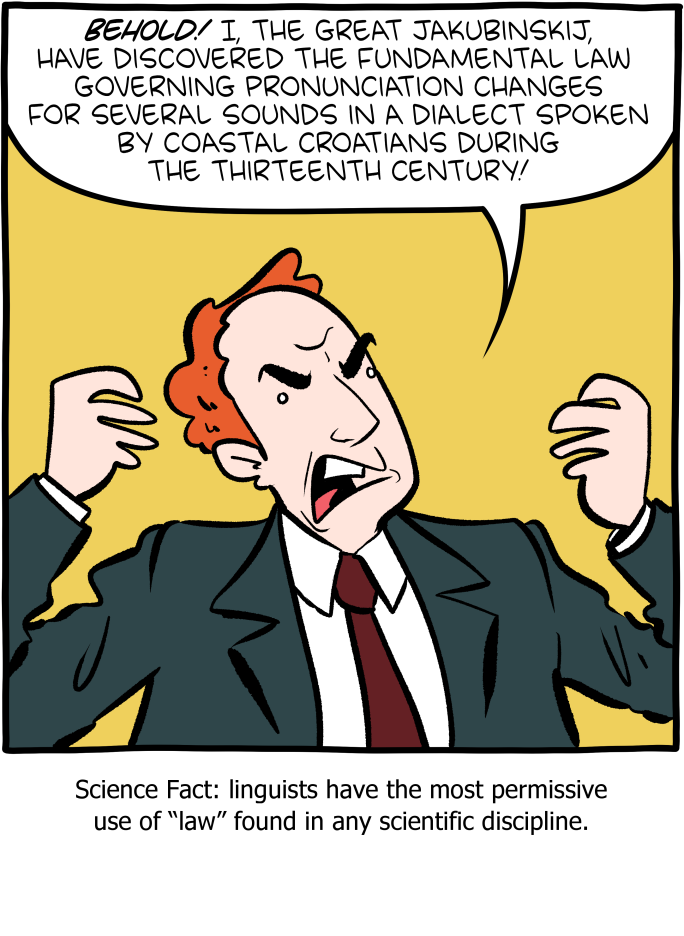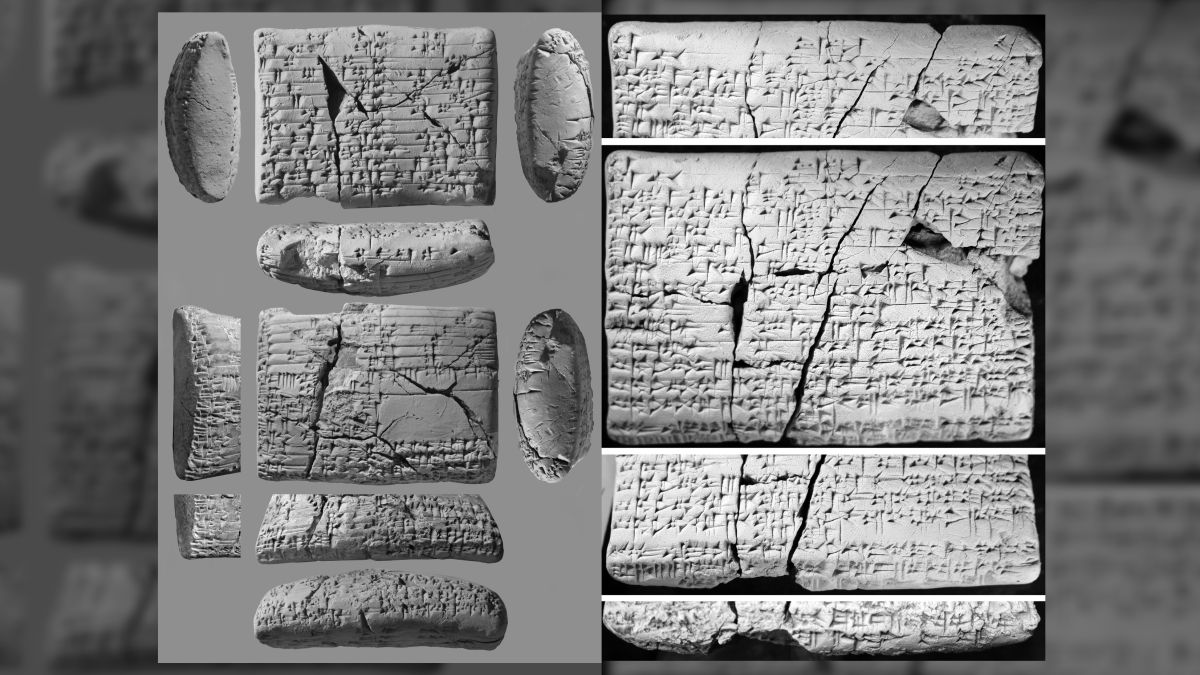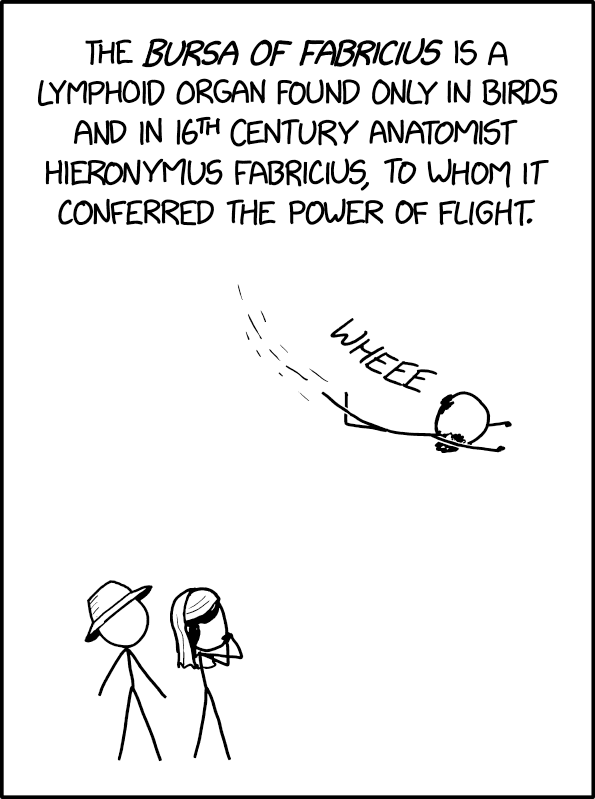"On Dialogic Speech"
Thanks to yesterday's post on "Linguistic Laws", I spent a few minutes looking into the life and works of the Russian linguist Lav Jakubinskiy (or Lev Yakubinsky, or whatever transliteration you prefer). I don't think I've heard of him before — but a couple of things (and not Jakubinskiy's Law) convinced me that I should have. The main thing was what I learned about his 1923 work О диалогической речи ("On Dialogic Speech"). I haven't been able to find any online scans of the Russian original, but there's a 1997 PMLA article by Michael Eskin that offers some translated fragments along with a "Translator's Introduction", and a 2016 book, also due to Eskin, that offers a larger translated sample.
Read the rest of this entry »




